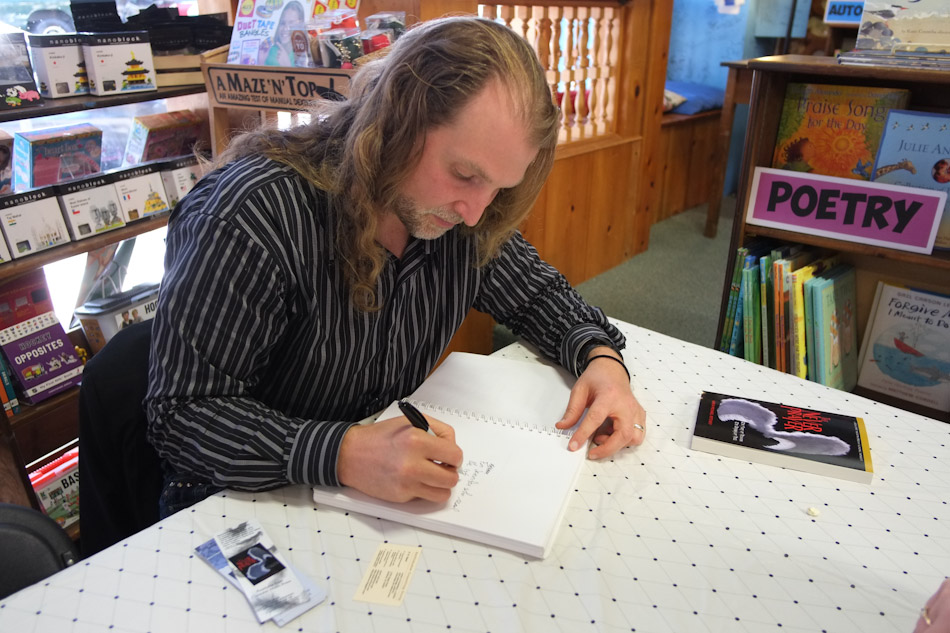Introduction
I have had the Fujifilm X-Pro1 a few months now. I am not the type of photographer who takes photographs every day (or even every week) but I have had enough time to play with the camera to form some opinions. The photographs shown here show real world situations an average amateur photographer may find themselves in. They were taken around my house, at a friend's BBQ, at the local county fair and while on vacation.
For the record, the shots shown below were taken with either the XF18mmF2 R or the XF35mmF1.4 R. The camera and lenses are all running with the latest firmware versions at the time of this review (Camera: 1.10, Lenses: 1.01).
All photos were shot in RAW and exported as JPG from Lightroom 4.1.
Using The Camera
One of the features that everyone has spoken about is the hybrid optical/electronic viewfinder. I find myself mainly using the optical viewfinder (OVF) and I have configured some useful items to appear in the heads up display like ISO, exposure compensation, f-stop and shutter speed.

From time to time I switch over to the electronic viewfinder (EVF). I usually do this if I need to more accurately compose a shot when I am close to the subject. With the OVF the composition may be off a little due to parallax errors. I rarely use the screen on the back for regular shooting as I prefer the extra stability when using a viewfinder.
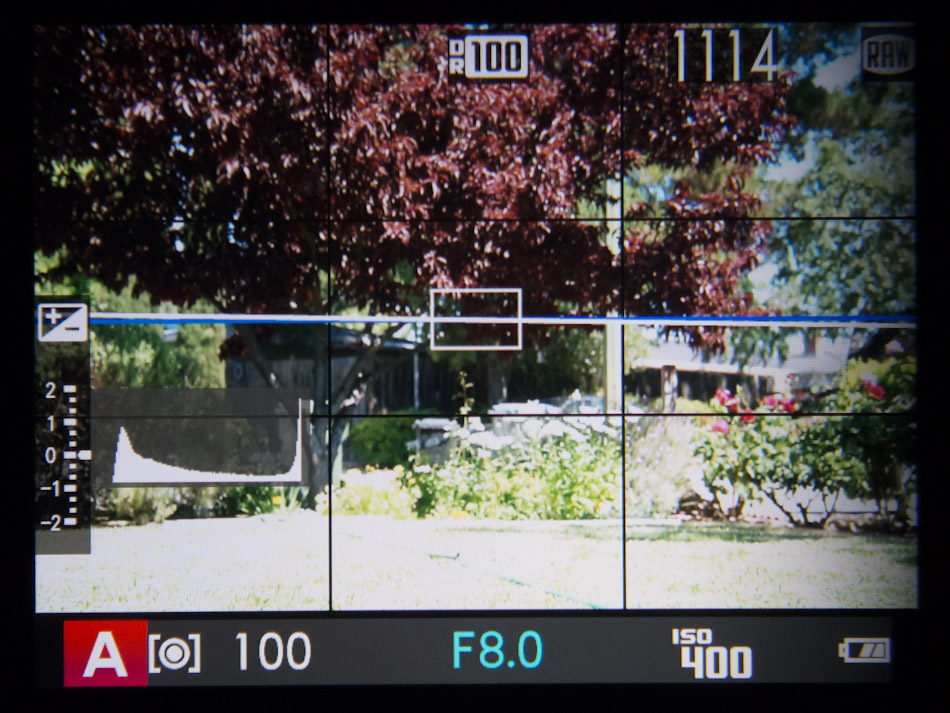
The EVF is also very bright and fairly fast in response so when shooting in low light, it makes sense to switch over to this viewfinder.
I love the the physical controls on this camera and its lenses. My other main camera is a Leica M2 so having a real aperture ring on lens is more natural to me compared to changing aperture via a thumb wheel or a menu item. The physical shutter dial is nice too but for 99% of the shots I have taken I have left this dial on "A" (aperture priority) and instead adjusted exposure via the exposure compensation dial. This compensation dial is perfectly located for me and very easy to use even when looking through the viewfinder. The amount of compensation is shown inside the viewfinder which makes using this dial even easier.
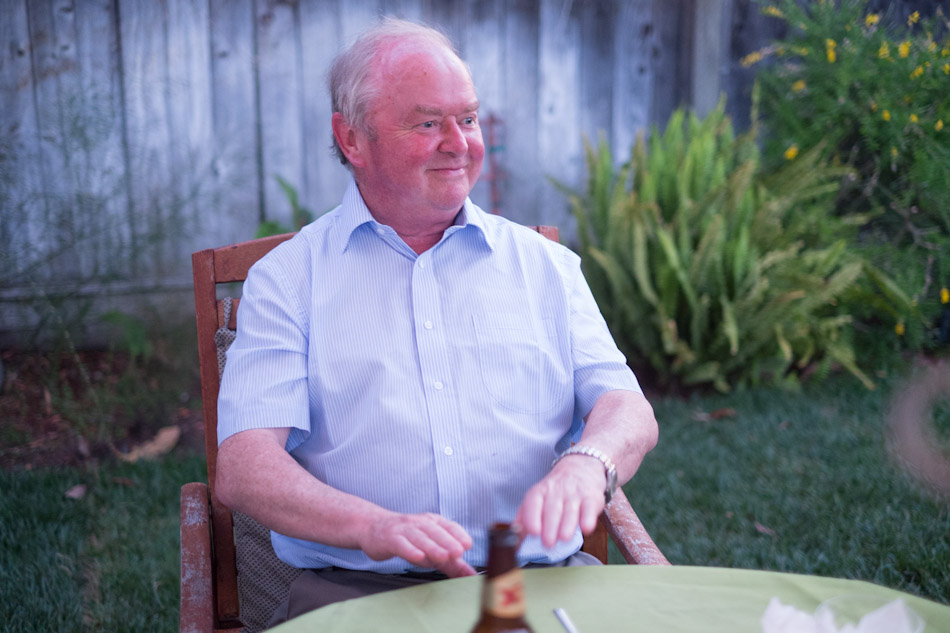
The "Q" menu or quick menu is very handy for getting to the most frequently used items but the only parameter I change often is the ISO option and for that I have programmed the Function (Fn) button which sits under your shutter finger beside the shutter button.
There is one strange quirk with using the Fn button for ISO though. When in OVF mode, the procedure is to press the Fn button and then move the thumb-wheel on the back to rotate through the different ISO settings. However, when in EVF mode, this thumb-wheel does nothing. Instead, the procedure is to move up and down through a list of ISO setting using the arrow buttons on the back of the camera. This inconsistency is just one of a few minor UI annoyances.
Image Quality
One of the major selling points of this camera is the image quality. The X-pro1 has a different type of sensor compared to DSLRs and it doesn't use an anti-aliasing filter. Now, I don't know exactly how this translates into lines per picture height or pixels per unit hectare but the quality of the photographs coming out of the camera look superb to my untrained eye. Instead of a standard Bayer pattern, the pixels are arranged in a way that was "Inspired by the natural random arrangement of the fine grains of silver halide in film". I am sure this is marketing mumbo jumbo but I do like what I see.
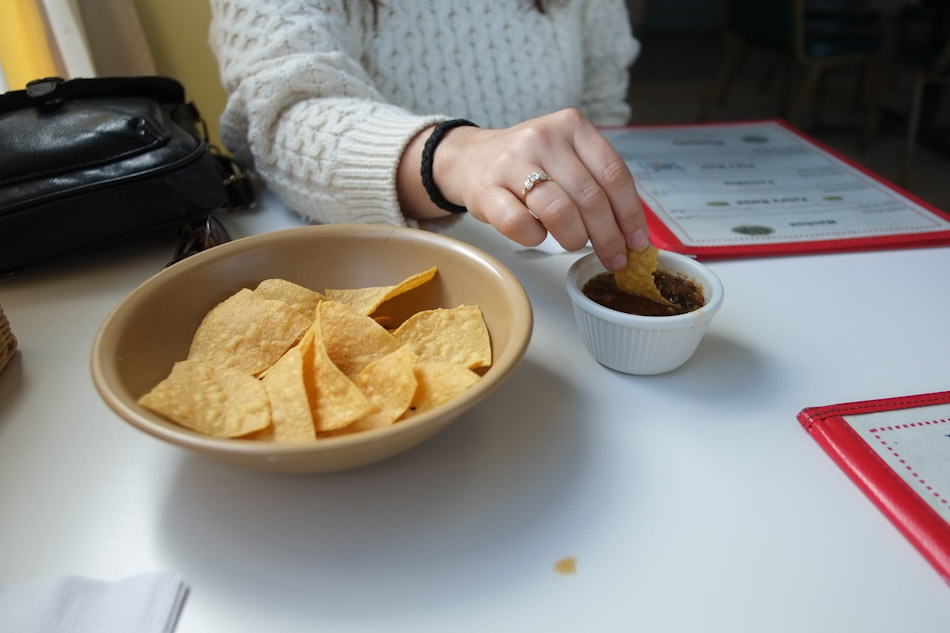
Low Light
The low light performance of the X-Pro1 is really great. There is no significant noise up to 1600 and I would have no problem switching to 3200.
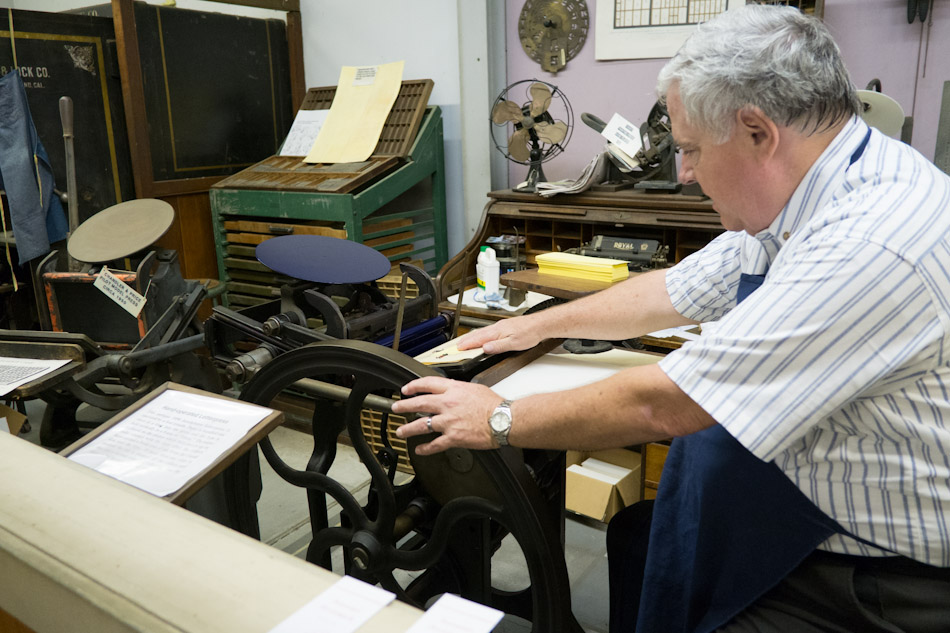
When in really dark situations, switching to ISO 6400 still yields a very usable image. While there is noise present, it is not overwhelming and doesn't detract from the photograph.
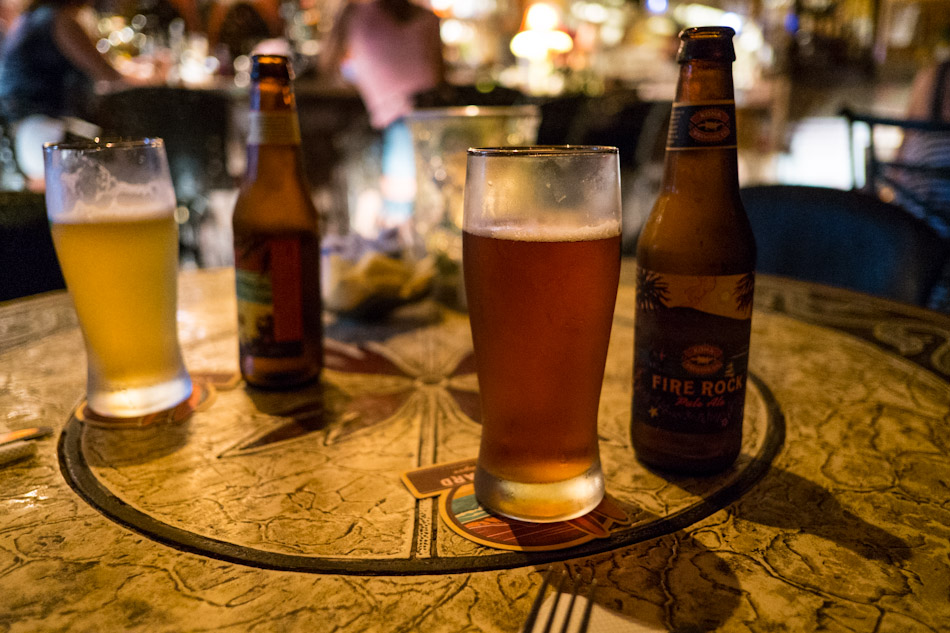
Auto ISO
One problem with the X-pro1 is Fujifilm's implementation of the auto ISO feature. Auto ISO is useful when shooting in places where the light is constantly changing. One example of this is when I visited the Alameda County fair and was shooting outside one minute and then inside a building the next. The way the X-Pro1 auto ISO works is that it assumes you want to shoot at as low an ISO as possible while adhering to the old shutter speed rule of using 1/focal length. What this means in the real world is that on an 18mm lens, which is 27mm in 35mm terms, the camera tries to use a shutter speed of 1/30. This may be OK in some circumstances but many times the resulting shots may have camera shake or motion blur, especially if you are trying to track a moving subject like my dog.
Other cameras allow you to set a minimum shutter speed (e.g. 1/125) and the camera will bump up the ISO to achieve this. Since the X-Pro1 has such good high ISO performance, it is a pity that we can't use the full potential of the camera in auto ISO mode.

Focus
One of the major downsides of this camera is the focus speed. The X-Pro1 will not be a DSLR replacement for some situations. Shooting stationary subjects in daylight has no major problems but once the subject is moving or the light is a very subdued, it can take a while for the camera focus to lock on and this can occasionally translate into missed shots.
An example of this is the horse photo shown here. The horse was being led by a handler at a normal walking pace. I pressed the shutter button just as the horse's head was about to be at the rule of thirds top left line intersection. By the time the shutter actually fired, the horse was already moving out of the frame. And yes, the horse was walking at the handlers pace.
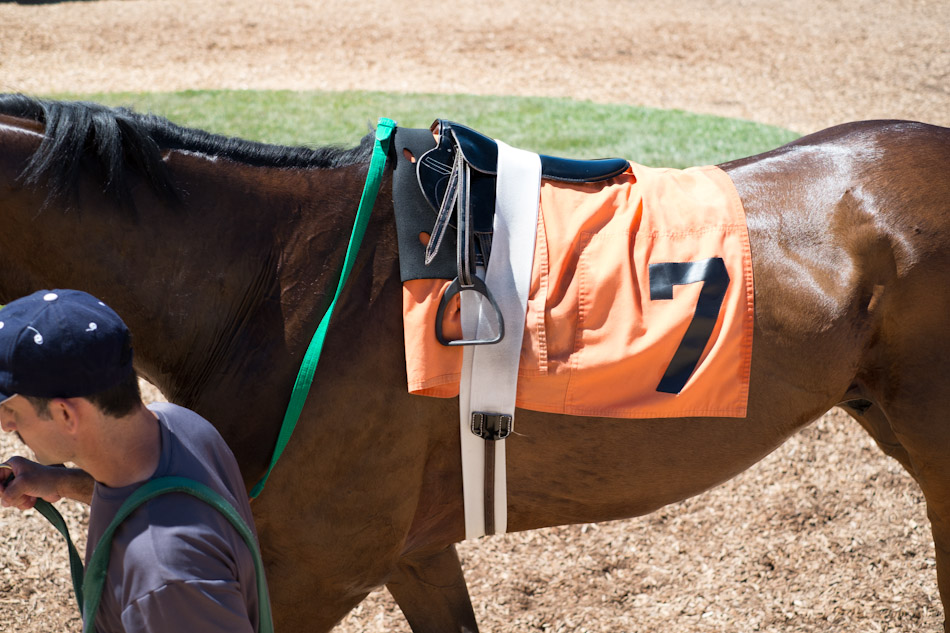
I should add that the lag is normally not as bad as what is shown in the horse shot, but this does happen from time to time.
Update (10/5/12): In September, Fujifilm release firmware version 2.0 and the focus speed is much faster now. Kudos to Fujifilm for striving to make their camera better and better.
When shooting multiple shots where the subject is not moving much, I now use the AF-Lock button so the camera doesn't have to refocus each time. This essentially eliminates shutter lag in these circumstances.
In low light, I normally try to find a vertical line or area of contrast so the focus system has something to lock onto and this works most of the time.
The good news is that when the focus locks on, it locks one well and with the two lenses I have, the photos are fairly sharp.
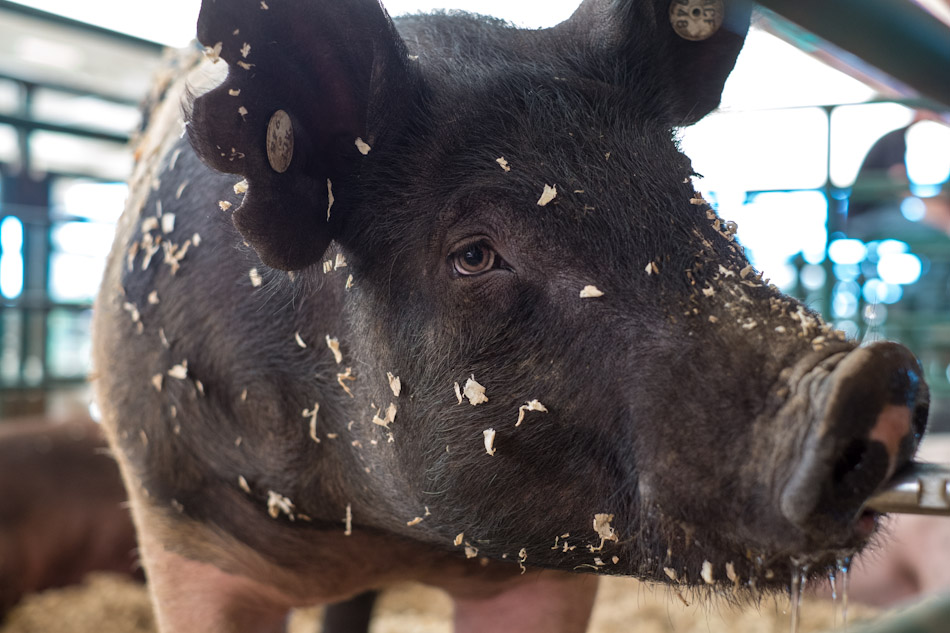
The X-pro1 also has a manual focus mode but I haven't really used it. Since the lenses are "fly by wire", the response is not great and I find it difficult to determine what I am focused on. Pressing the thumb-wheel in for a second enlarges the image to aid focusing but since the magnification is so great, this is probably only useful when set up on a tripod to eliminate camera shake. A focus peaking feature would be really useful here but I don't know if there a plans to add this to a future firmware update.
Update (10/5/12): In September, Fujifilm release firmware version 2.0 and the manual focus is much more response. Also, in addition to 10x magnification, there is now a more usable 3x magnification.
Both Fujifilm and third party M-mount adapters are available for the X-pro1 and I am tempted to buy one so I can use my Leica and Voigtlander lenses.
Conclusion
Despite all of the annoyances and quirks, I love this camera. I love the quality of the photos and I look forward to bringing it out to shoot. The image quality is superb and the low light performance is excellent. I like the feel of the camera from a physical stand point and I like the way it is controlled (mostly).
Yes, the firmware needs to be improved to make the user interface a little more consistent and there is no doubt that the focus systems needs a major update but alongside my M2, this camera will definitely have a place in my bag.
If you agree or disagree with my opinions or you have questions I haven't answered here, please add a comment and I will try to respond.

